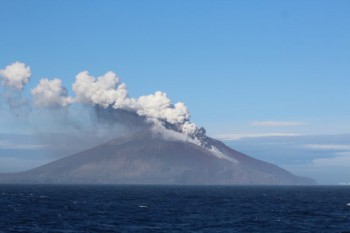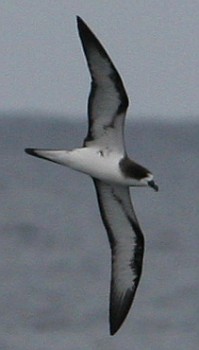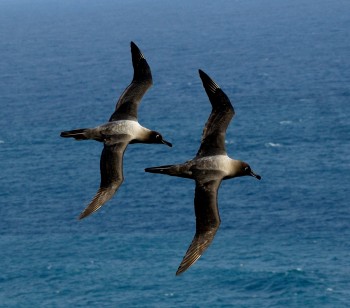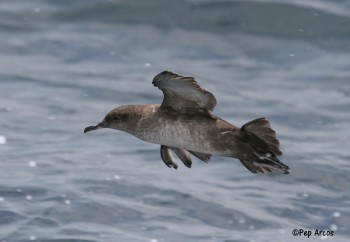The British Antarctic Survey reports that Mount Curry on volcanic Zavodovski Island has been erupting since March this year (click here).

Mount Curry erupting on Zavodovski Island in June 2016, photograph by David Virgo
Zavodovski is the most northerly of the South Sandwich Islands, an uninhabited archipelago of islands in the Maritime Antarctic. It supports millions of breeding penguins as well as a small population of Southern Giant Petrels Macronectes giganteus, most recently assessed at 64 pairs breeding on the flat ash plains at the northern end of the island near Reek Point in January 2011 (click here).
“Satellite images have confirmed that between one third and one half of the island has so far been covered in ash. This is the first time that Zavodovski Island has been witnessed erupting, although there is evidence that it erupted in the 1970s, possibly in the 1980s and as late as 2012. Two scientific expeditions are scheduled to visit the region from later this year and will try to assess the impact of the eruption.” News of the situation with the island’s Southern Giant Petrels may then become available.

A Southern Giant Petrel breeding in the South Sandwich Islands, photograph by Andy Black
Reference:
Lynch, H.J., White, R., Naveen, R., Black, A., Meixler, M.S. & Fagan, W.F. 2016. In stark contrast to widespread declines along the Scotia Arc, a survey of the South Sandwich Islands finds a robust seabird community. Polar Biology doi:10.1007/s00300-015-1886-6.
John Cooper, ACAP Information Officer, 08 July 2016

 English
English  Français
Français  Español
Español 


